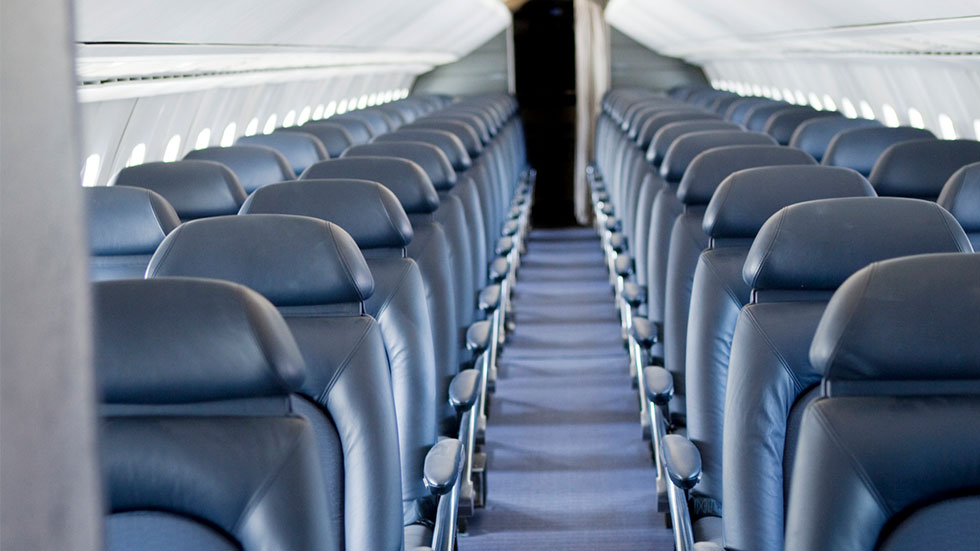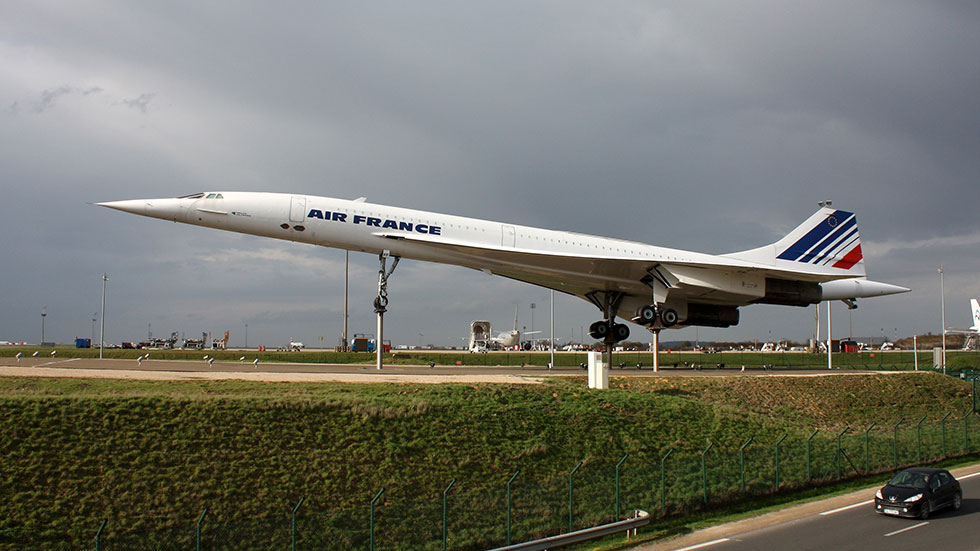

Beginning in 1976, British Airways and Air France offered supersonic flights on an Airbus-manufactured plane called Concorde. Millions of passengers were safely ferried across the pond in about three and a half hours, much shorter than the seven-hour flight times of today. Despite this engineering capability, no such flights have been offered for the last 19 years.

Why Concorde Retired
It's rare to have an apparent regression in innovation, to throw in the towel on an advanced, faster-flying plane. There was a Concorde crash in 2001, but that didn't seal Concorde's fate. The reasons you can't book a $12,000 Concorde ticket today are varied and numerous.
Cost
There is more to the cost argument than the ticket price and the declining business travel of the early 2000s. Having been designed in the 1960s, Concorde flew with a flight engineer and analog instruments. Then-President and CEO of Airbus, Noël Forgeard, said: Concorde's "maintenance regime is increasing fast with age."
A 2003 Los Angeles Times article quoted British Airways as stating: "British Airways has decided that such an investment cannot be justified in the face of falling revenue caused by a global downturn in demand for all forms of premium travel in the airline industry."
Limited use
Due to how it was designed, Concorde was restricted to being flown over the ocean. Supersonic flight over the United States elicited noise complaints and caused windows to shatter on the ground.
Fuel
Even when green energy was less of a concern, Concorde was considered a gas guzzler. The website Interesting Engineering wrote a comparison: "The aircraft had a total passenger capacity of 100 but consumed the same amount of fuel as a Boeing 747, while the 747 could fly twice as far and had four times the passenger capacity."

Return to flight
Despite these downsides, there is renewed interest in supersonic flight. In June 2021, United Airlines entered an agreement with Boom Technology Inc. to purchase 15 of Boom's Overture airliners.
Overture is a supersonic plane with many visual and technical similarities to Concorde. Aircraft length and capacity are similar though Overture will seat fewer passengers due to seating choices. While cruising altitude will be the same, Overture is slated to fly at Mach 1.7—which is 1304.36 mph—just a bit slower than Concorde. However, engineers have eked out around 350 more nautical miles in the range of distance. The most significant difference—and arguably the most important—will be in fuel consumption.
Sustainability
Boom has tackled head-on the energy concerns posed by Concorde. Overture is being designed in line with United's energy commitments and love of sustainable aviation fuel, or fuel produced from sources like used cooking oil. Overture plans to be a net-zero carbon aircraft and "will be able to run on 100% sustainable aviation fuel."

Expanded use
Boom is also addressing the over-land noise concerns raised during Concorde's reign. Boom's Overture is being designed "with noise-sensitive communities in mind, to meet or exceed all current and anticipated noise rules."
While Concorde was popular mostly for its New York to London or Paris route, Boom hopes to offer many more choices. Examples include Seattle to Tokyo, Los Angeles to Sydney, or Boston to Madrid.
While waiting for history to be made in 2029 when United hopes to go supersonic, you can visit Concorde planes at museums worldwide. For example, in New York City, step inside British Airway's Concorde G-BOAD at the Intrepid Sea, Air & Space Museum.
G-BOAD holds the record "for the fastest Atlantic crossing" in 2 hours, 52 minutes, and 59 seconds. It also "spent the most time in the air of all Concordes with 23,397 flying hours."
